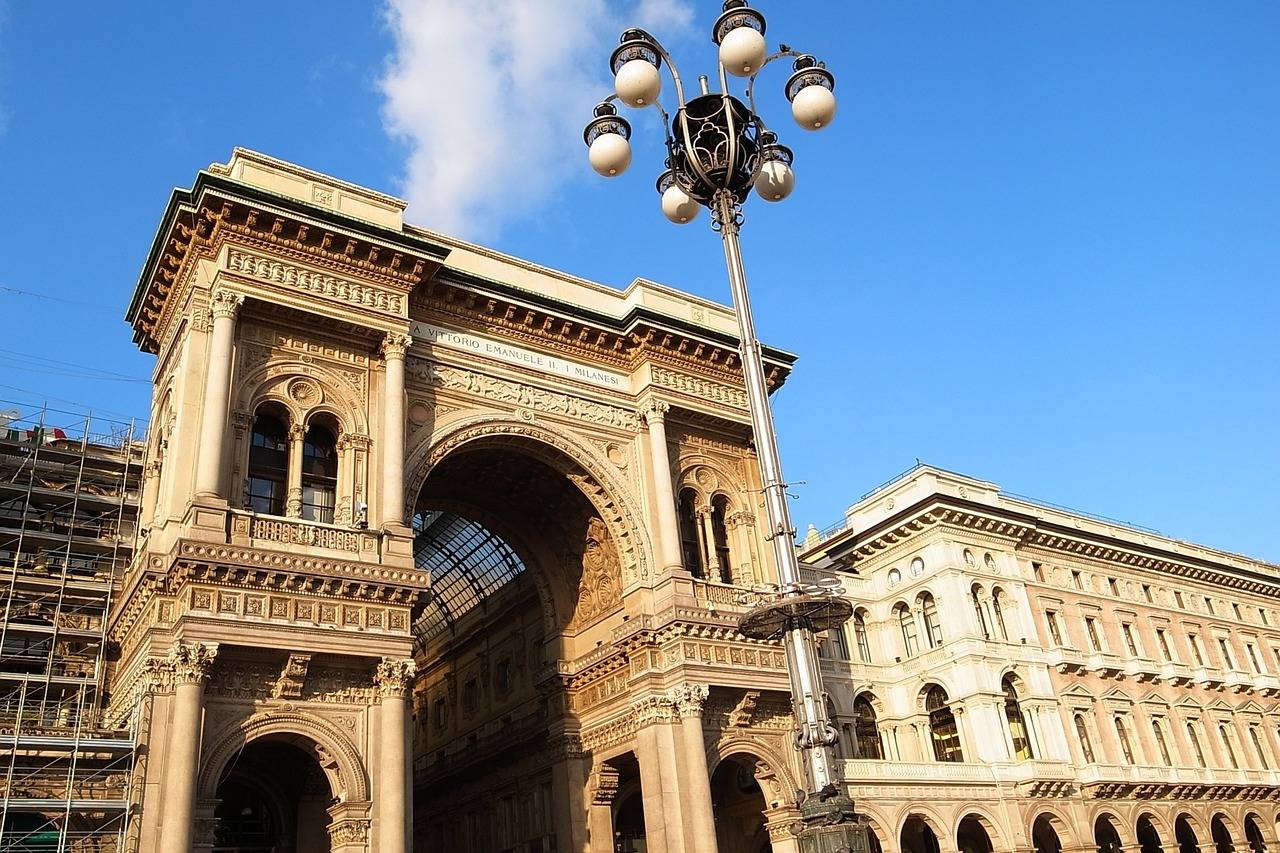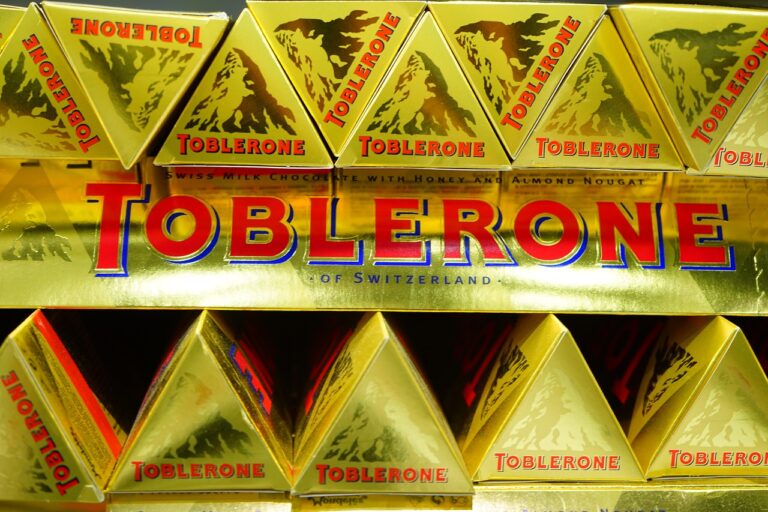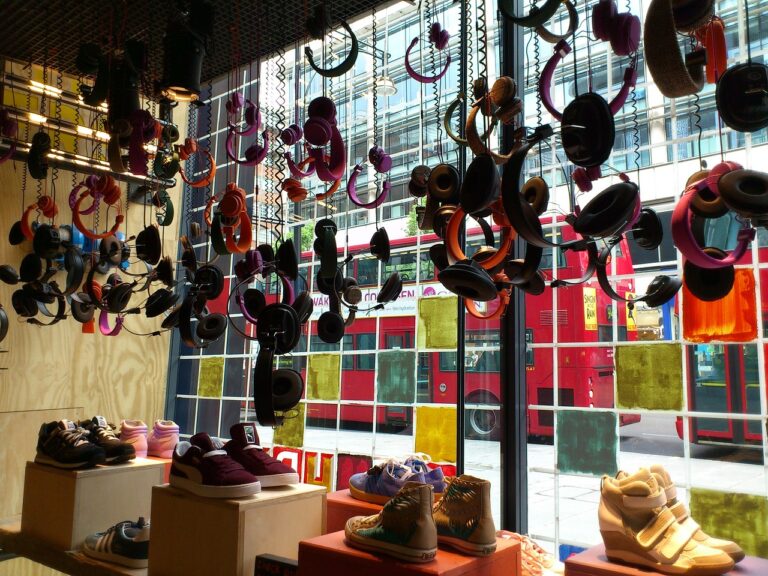The Role of Packaging in Communicating Brand Values and Identity
Packaging design plays a crucial role in differentiating a product from its competitors on the shelf. It serves as the first point of contact with the consumers, conveying the brand message and influencing their purchasing decisions. A well-thought-out packaging design can captivate the target audience, pique their interest, and ultimately drive sales.
In today’s crowded marketplace, where consumers are flooded with numerous options, packaging design can be the determining factor that entices customers to choose one product over another. A visually appealing and functional packaging design not only attracts attention but also communicates the brand’s identity and values. It has the power to evoke emotions, create brand loyalty, and leave a lasting impression on the consumers, thus establishing a strong connection between the brand and its customers.
Creating a Lasting Impression
First impressions matter, especially when it comes to packaging design. In today’s competitive market, brands are constantly vying for the attention of consumers. A well-thought-out packaging design can captivate the consumer’s attention and leave a lasting impression that sets the brand apart from the competition.
When a consumer is faced with a shelf full of products, it is often the packaging design that first catches their eye. Eye-catching colors, unique shapes, and innovative designs can draw the consumer in and pique their curiosity. This initial interaction with the packaging is crucial as it influences the consumer’s perception of the product and brand as a whole.
Reflecting Brand Values
Packaging design plays a crucial role in representing a brand’s values and ethos. The visual elements and messaging on a product’s packaging communicate a brand’s identity to consumers. From color schemes to font choices, every aspect of the packaging design should align with the brand’s core values and resonate with its target audience. By carefully curating these design elements, a brand can create a strong and consistent image that reflects its unique identity and sets it apart from competitors.
Furthermore, packaging design can convey important information about a brand’s values, such as its commitment to sustainability or innovation. For example, eco-friendly packaging materials not only showcase a brand’s dedication to environmental responsibility but also appeal to environmentally conscious consumers. By incorporating these values into the packaging design, a brand can not only attract like-minded consumers but also build credibility and trust among its customer base. Ultimately, packaging design serves as a powerful tool for brands to convey their values and establish a strong connection with consumers.





